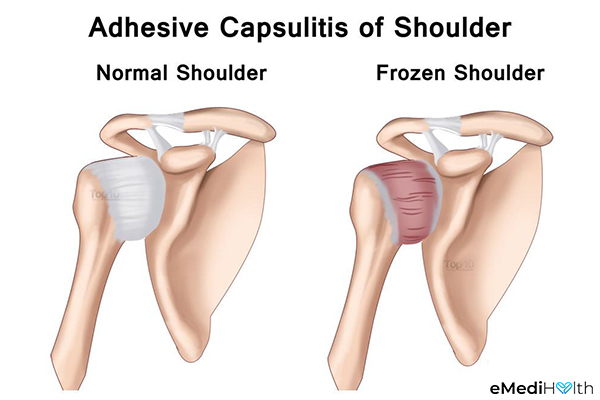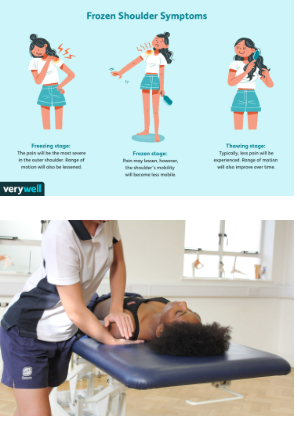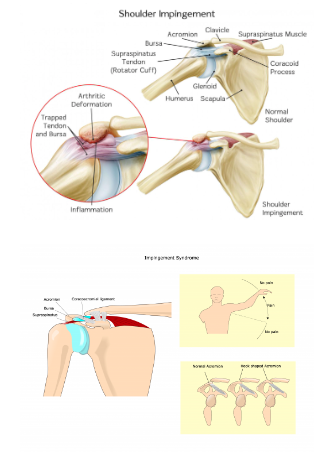Frozen Shoulder ❄️ vs. Shoulder Impingement (Bursitis) 🔥
These shoulder issues can be quite the pain, both literally and figuratively, but don’t worry! We’ve got the scoop on how to spot the symptoms and how chiropractic treatment can come to the rescue. 🤗


❄️ Frozen Shoulder:
Frozen shoulder, also known as adhesive capsulitis, is characterized by stiffness and limited range of motion in the shoulder joint. It often develops gradually and can be incredibly painful. Key signs include:
🔹 Gradual onset of pain and stiffness in the shoulder.
🔹 Difficulty raising your arm, reaching behind your back, or lifting objects.
🔹 Painful, sleep-disturbing nights.
Chiropractic care can provide relief by incorporating adjustments and exercises to improve shoulder mobility. Regular sessions can help speed up the recovery process and minimize discomfort.
🔥 Shoulder Impingement (Bursitis):
Shoulder impingement, or bursitis, occurs when the tendons in your shoulder become irritated or inflamed due to the narrowing of the space between the acromion (a bone at the top of your shoulder) and the rotator cuff tendons. Symptoms may include:
🔹 Pain when lifting your arm, especially overhead.
🔹 Weakness in the affected arm.
🔹 Swelling and tenderness in the front of the shoulder.

Chiropractic adjustments can address misalignments that contribute to impingement, while rehabilitative exercises can strengthen the shoulder and improve posture to prevent future issues.
